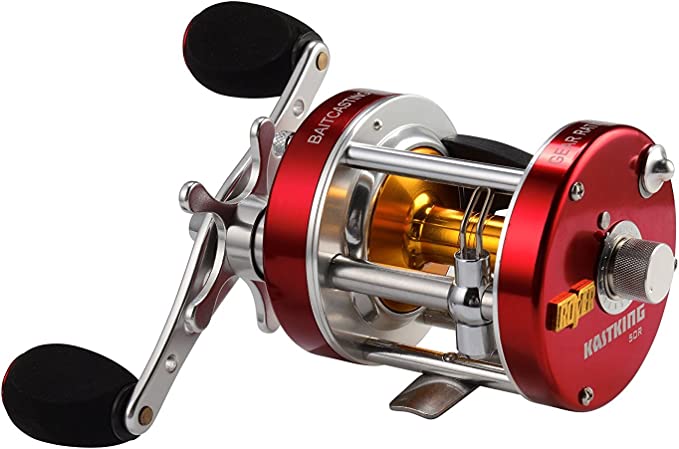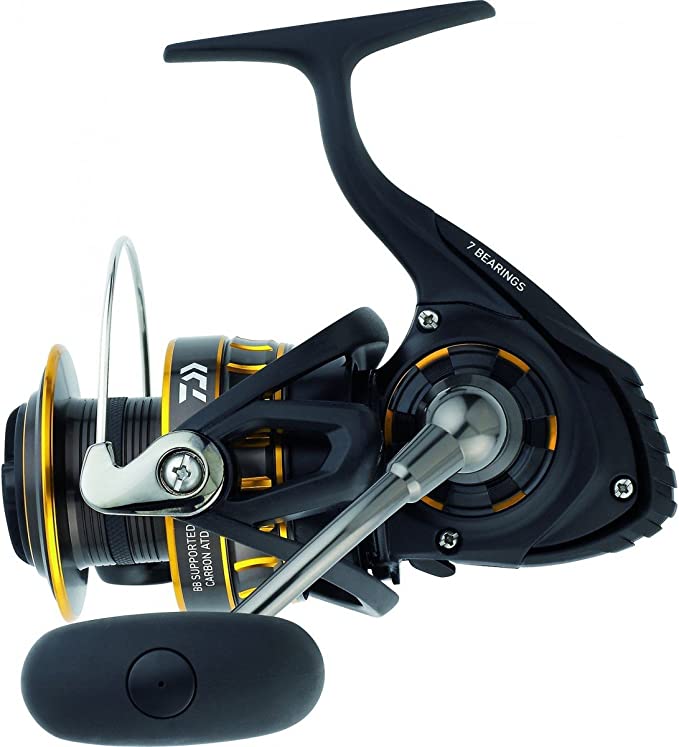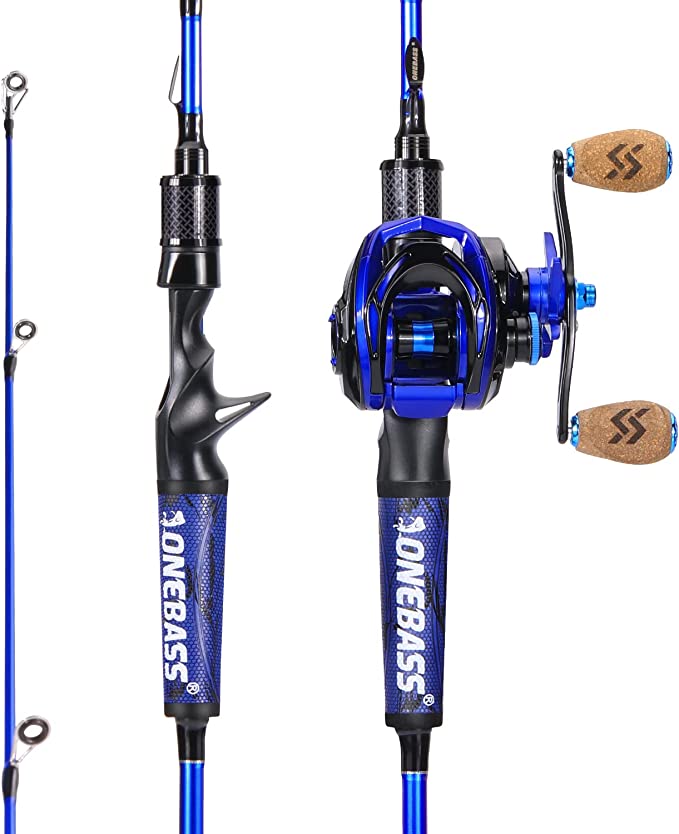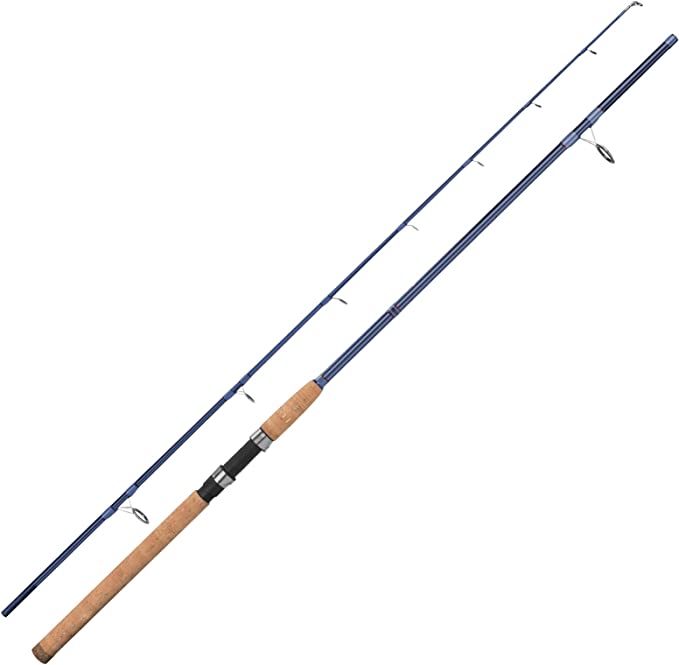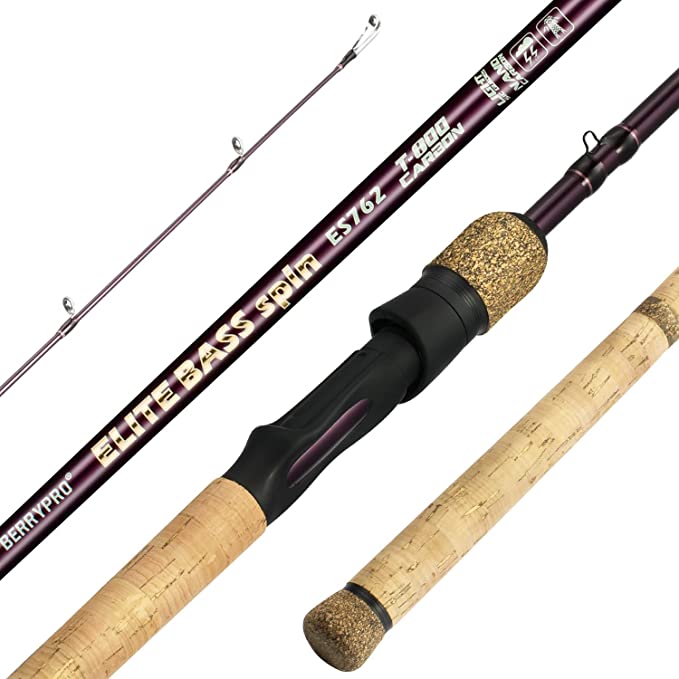The Architecture of Survival: Engineering the Astral GreenJacket PFD
Update on Nov. 18, 2025, 8:30 p.m.
In the turbulent physics of whitewater, a Personal Flotation Device (PFD) is not merely a buoyant cushion; it is a piece of life-support engineering. For the expedition kayaker or swiftwater rescue technician, the vest must perform a contradictory dance: it must provide enough flotation to keep a head above aerated water, yet be low-profile enough to allow aggressive swimming; it must be armored against granite boulders, yet flexible enough for torso rotation.
The Astral GreenJacket is widely regarded as the benchmark in this category. However, to understand its $360 price tag and its ubiquity among professionals, one must look past the branding and into the materials science and structural engineering that define it. It is not just a life jacket; it is a Type V Rescue Platform.

The Physics of Flotation: Gaia® Foam vs. PVC
The core function of any PFD is displacing water. The GreenJacket achieves a design buoyancy of 16.5 lbs (73 Newtons). While some recreational vests offer more, in high-performance scenarios, bulk is the enemy. The engineering challenge is maximizing buoyancy per unit of volume.
Astral employs Gaia® Foam (and PE foam) instead of the traditional PVC. * Density and Environment: PVC (Polyvinyl Chloride) foam is heavy and contains toxic phthalates. Gaia is a nitrile-based foam that is significantly lighter (lower density) and environmentally inert. * Thermal Molding: The foam inserts are not flat slabs; they are articulated. The Two-Panel Front design allows the upper and lower sections to move independently. This decoupling accommodates the natural compression and extension of the torso during a paddle stroke, reducing the metabolic cost of movement—a critical factor in endurance situations.
Structural Integrity: Cordura® and the Shell
Whitewater environments are abrasive. A PFD is constantly subjected to friction against rocks, sand, and rescue ropes.
The shell of the GreenJacket is constructed from 500 Denier Cordura® Nylon.
* Tensile Strength: “Denier” measures fiber thickness. 500D Cordura is an industry standard for tactical gear because it offers an optimal balance between weight and tear strength. It resists the “cheese grater” effect of sliding over sandstone.
* Hydrodynamics: The material is treated to be hydrophobic (DWR), preventing the fabric itself from absorbing water weight, which would otherwise reduce the net buoyancy of the system.
The Rescue System: Integrating Mechanical Advantage
What separates a Type V Rescue PFD from a recreational Type III vest is the integration of a Quick Release (QR) Harness.
The GreenJacket features a load-bearing belt that encircles the torso, threaded through a cam buckle.
* The Mechanics: This belt is designed to tow a kayak or a swimmer. The “Quick Release” function is a fail-safe. If the rescuer gets snagged or the load becomes dangerous, pulling the toggle instantly releases the cam, freeing the belt and the rescuer.
* Spectra® Loop: The vest includes a Spectra safety loop for carabiner attachment. Spectra (UHMWPE) is chosen for its incredible strength-to-weight ratio (stronger than steel cable of the same diameter) and low friction, ensuring the carabiner slides freely during a tow.

Ergonomics of Storage: The Clamshell Tactician
In a rescue scenario, accessibility is speed. The GreenJacket’s signature Clamshell Pocket acts as a fold-down workstation.
Instead of deep, dark pockets where gear gets lost, the front panel opens fully. This allows immediate visual access to critical tools—knife, whistle, webbing, and snacks. It shifts the load to the center of the chest, keeping the center of gravity centralized and avoiding the “side bulge” that interferes with arm movement.
Conclusion: A Platform for the Prepared
The Astral GreenJacket is an exercise in “No-Compromise” engineering. It prioritizes the specific needs of the swiftwater professional: mobility, durability, and rescue capability. It assumes the user is trained and physically capable. For the casual lake paddler, it is over-engineered. For the whitewater guide, it is the minimum standard of safety.


